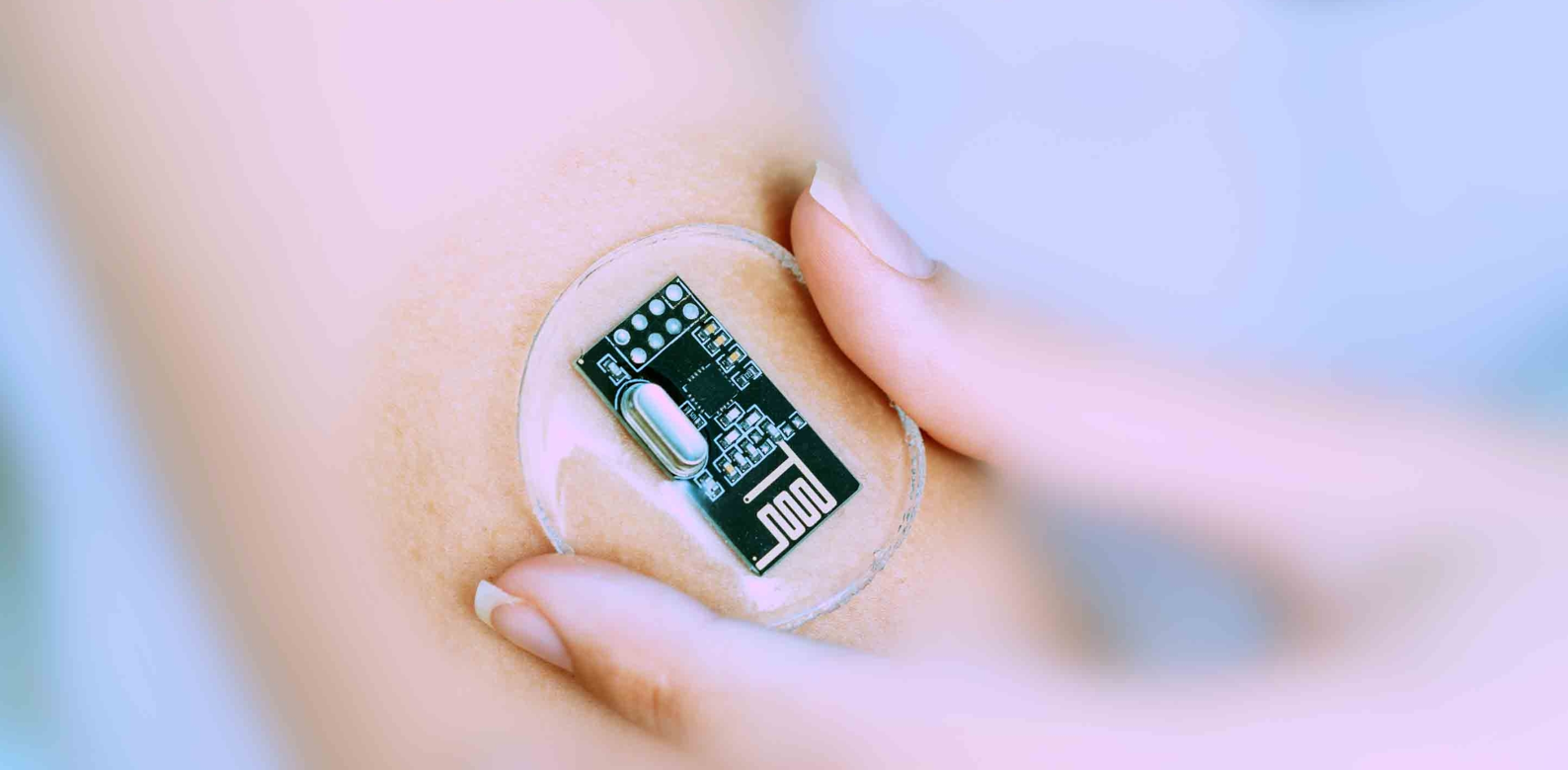Neuromodulation for chronic pain represents a significant advancement in pain management, offering hope and relief to millions suffering from persistent pain conditions. This innovative approach manipulates the nervous system’s activity through targeted stimulation to alleviate pain, fundamentally changing how chronic pain is treated.
At the core of neuromodulation lies the understanding that pain is not just a symptom but a complex experience involving various neural pathways. Chronic pain, in particular, often results from dysfunctional nerve signaling. Neuromodulation aims to rectify these aberrant pathways, either by dampening pain signals before they reach the brain or by altering the brain’s perception of these signals.
There are several types of neuromodulation therapies, each tailored to different types of pain and patient needs. Spinal cord stimulation (SCS) is among the most common and well-studied forms of neuromodulation. In SCS, a small device implanted near the spine delivers electrical pulses to the spinal cord. These pulses interfere with the pain signals traveling to the brain, effectively masking the sensation of pain. SCS has shown effectiveness in treating various chronic pain conditions, including failed back surgery syndrome, complex regional pain syndrome, and chronic leg or arm pain.
Another form of neuromodulation is peripheral nerve stimulation (PNS). In PNS, electrodes are placed along specific peripheral nerves (nerves outside the brain and spinal cord). This technique is particularly useful for localized pain areas, such as a specific limb or part of the face. By targeting the nerves involved in pain transmission in these areas, PNS can provide significant pain relief without the broader effects of spinal cord stimulation.
Deep brain stimulation (DBS) is a more invasive form of neuromodulation, typically reserved for the most severe and treatment-resistant pain cases. In DBS, electrodes are implanted in specific brain regions responsible for pain processing. By delivering electrical impulses directly to these areas, DBS can modulate the brain’s response to pain, often leading to a significant reduction in pain perception.
Transcranial magnetic stimulation (TMS) is a non-invasive neuromodulation technique that uses magnetic fields to stimulate nerve cells in the brain. TMS is primarily used for depression treatment but has shown promise in treating certain chronic pain conditions, such as migraine headaches. The advantage of TMS lies in its non-invasive nature, making it a suitable option for patients who are not candidates for more invasive procedures.
Neuromodulation therapies are not without challenges. The effectiveness of these treatments can vary widely among individuals. Factors such as the specific pain condition, the patient’s overall health, and the precise placement of stimulation devices can all impact outcomes. Additionally, as with any medical procedure, there are risks associated with neuromodulation, including infection, device malfunction, and, in rare cases, neurological damage.
Despite these challenges, neuromodulation offers a ray of hope for those who have not found relief with traditional pain management approaches. For many patients, neuromodulation therapies have led to significant improvements in quality of life, reducing dependence on pain medications, including opioids, and enabling a return to more normal daily activities.
The field of neuromodulation is continuously evolving, with ongoing research and technological advancements. New stimulation techniques are being developed, and existing ones are being refined to improve efficacy and reduce risks. One area of particular interest is the development of closed-loop systems, where devices can adjust stimulation parameters in real-time based on feedback from the patient’s nervous system. This personalized approach could lead to more effective and tailored treatments for individual pain profiles.
In conclusion, neuromodulation represents a groundbreaking shift in the treatment of chronic pain. By directly addressing the neural mechanisms of pain, it offers a new avenue for relief for those who have suffered too long. While challenges remain, the potential of neuromodulation to improve lives is immense. As the field continues to advance, it holds the promise of even more effective and personalized treatments for chronic pain sufferers worldwide.
